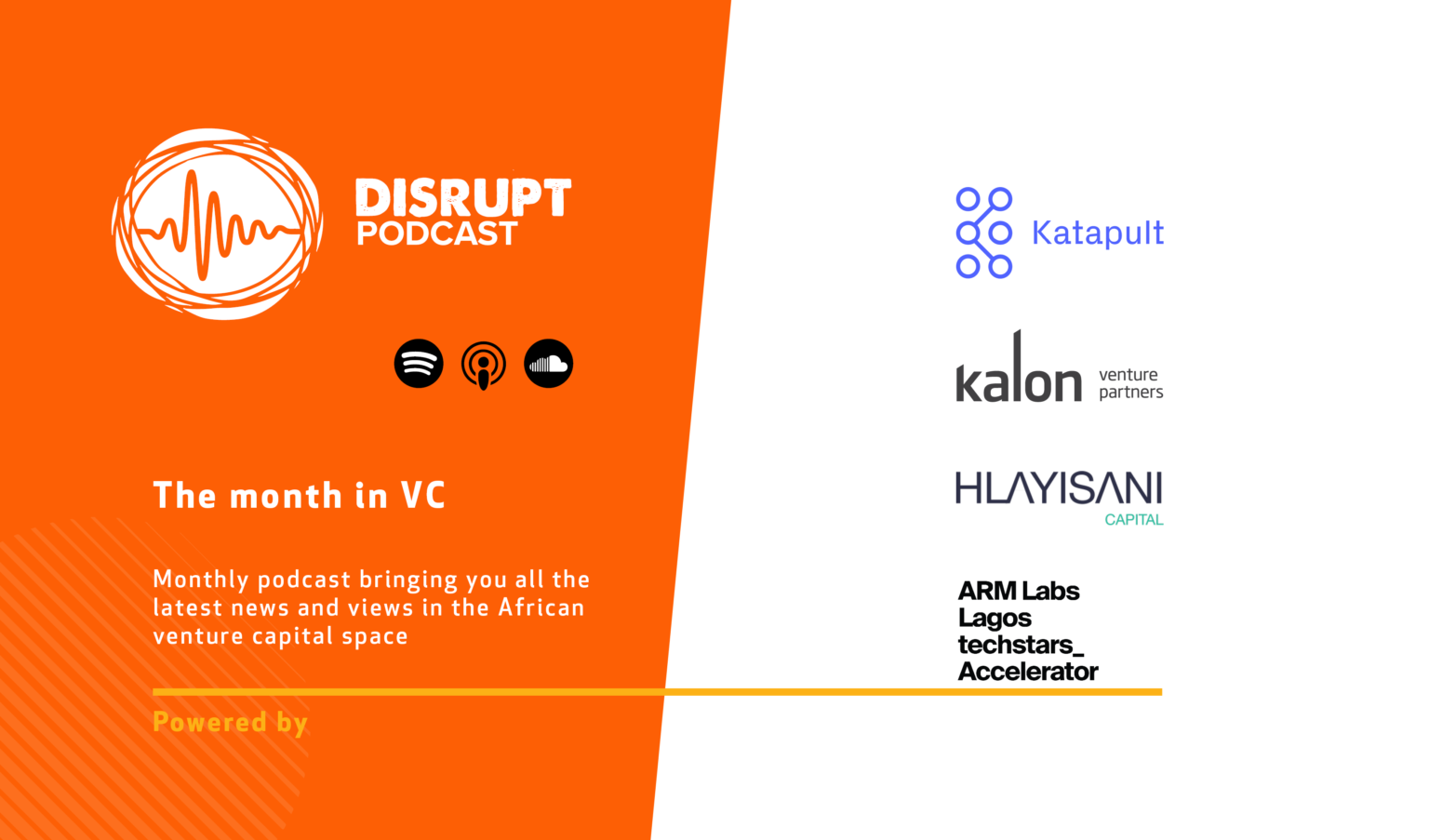All investors are in it to make money, and at some point, they are going to want to exit their investments and pay back their LPs, hopefully with a good rate of return.
For the latest episode of Disrupt Podcast’s “The month in VC” series, produced in partnership with Katapult Africa, Kalon Venture Partners, Hlayisani Capital, and ARM Labs Lagos Techstars Accelerator we discussed the potential routes to exiting a startup investment, and how likely they are they in an ecosystem not exactly flush with IPOs and startup acquisitions right now.
Clive Butkow from Kalon Venture Partners says though exits are usually a long way off at the time of investing, they need to be planned before the cheque is written. And they are possible.
“It is patient capital; it is not quick to get an exit, but you have to plan the exit from the beginning. Exits are not easy, but if you’ve got great companies, they will always come. They say that businesses are not sold, they are bought, and we absolutely subscribe to that philosophy,” he said.
The most discussed type of exit is probably an IPO, though this route has not been trodden too much by African businesses, with Fawry, Jumia and Swvl the standout companies to have listed their shares publicly. Many aspire to it, yet it is not the most likely exit route for an investor.
“Very few companies IPO. The most likely is either a private equity company or a venture capital company come in and make a follow-on round, and you decide to take either a partial or full exit when the new VC or PE player takes a stake in the company,” Butkow said.
What Clive is describing is a secondary share sale. So, for example, a VC firm invests in a startup’s Series A round, but wants to own more shares than they have been able to acquire. In this case, they express interest in purchasing secondaries from earlier-stage investors, who have the option to sell their shareholding. That is how Katapult Africa operates, Philip Gasaatura, the company’s country director for Rwanda, says.
“We come in early, at pre-seed or seed level, and aim to exit at about a Series B. We then find other buyers to come in at that point who are able to take the companies further than we would have been able to take them,” he said.
“What I do see on the horizon across Africa, in some countries where you’ve got a certain number in a certain space, I see consolidation happening. That means buying the teams, or the tech. And then there’s also potential for regional acquisitions, before you then get to continental acquisitions, depending on the value proposition that you have got here.”
The best African example of the trade sales discussed there by Philip, where the startup is acquired outright by another company, is probably the acquisition of Paystack by Stripe in 2020. Clive says the best investors will have scouted out potential acquirers at the time of investing.
“Every company we invest in we look at the exit strategy before we make the investment, and what the exit landscape is. As I said, a good company is bought not sold, but we do look for potential exit partners very early on in the process,” Butkow said.
Gasaatura says LPs would require an investor to have a likely exit route already mapped out.
“You sold a product, your fund, to your LPs, and one day they are going to come knocking. So the question is what is the plan to return their capital plus any upside. That needs to be planned in advance. You need to have the end in mind,” he said.
Asking how long it will take to exit your investment is a bit like asking the length of a piece of string, said Butkow.
“I think typically you can say between five and 12 years to get an exit. These companies take a while to build into a place where you can get an exit. We get offers for companies that are only two or three years old, but the number won’t be attractive enough yet. You’d rather build these companies,” he said.
Gasaatura says the next couple of years will be interesting from a VC perspective as the first bunch of major funds on the continent come to the end of their lifetimes and need to return capital to their LPs.
“We’ll see what form or shape they take on them, whether that becomes a roll-on into a new fund, or they sell back to the startups, or they find acquirers. There are different forms or shapes they could take. I think the next three or four years are going to be critical for the VC market here in Africa, because we will start to see what that looks like for the funds that came in early,” he said.
But in the current climate, is simply surviving more a priority for startups and their investors rather than seeking an exit?
“The lack of liquidity in the marketplace is definitely hurting potential exits. But if you’re building top companies, in the top 10 per cent of companies, there will be exits. But it is patient capital,” said Butkow.


